

James Wong
5 Days Ago
Subaru's most expensive XV is a solid little SUV let down by a hybrid powertrain that feels a generation old.
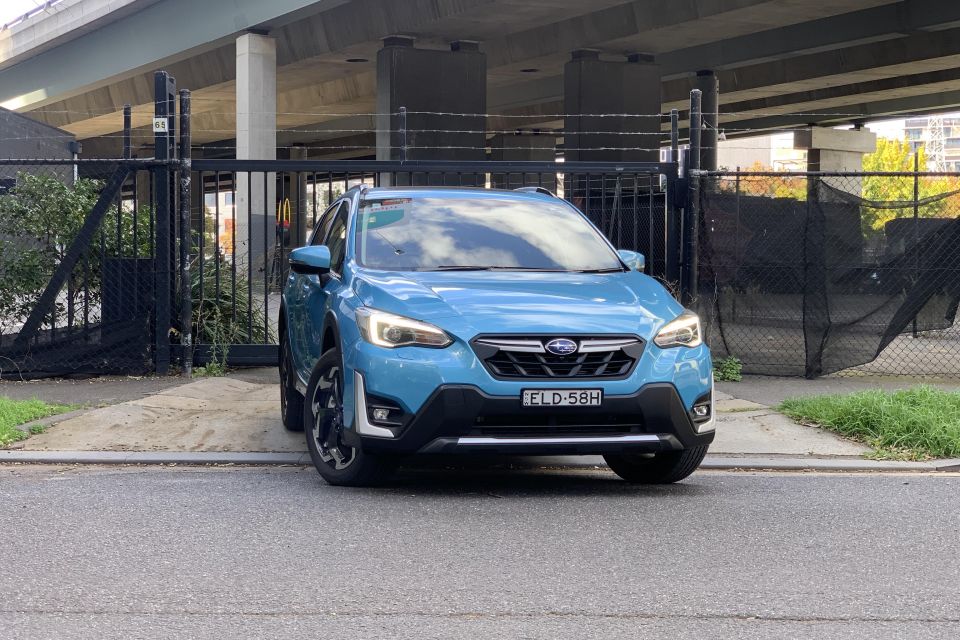
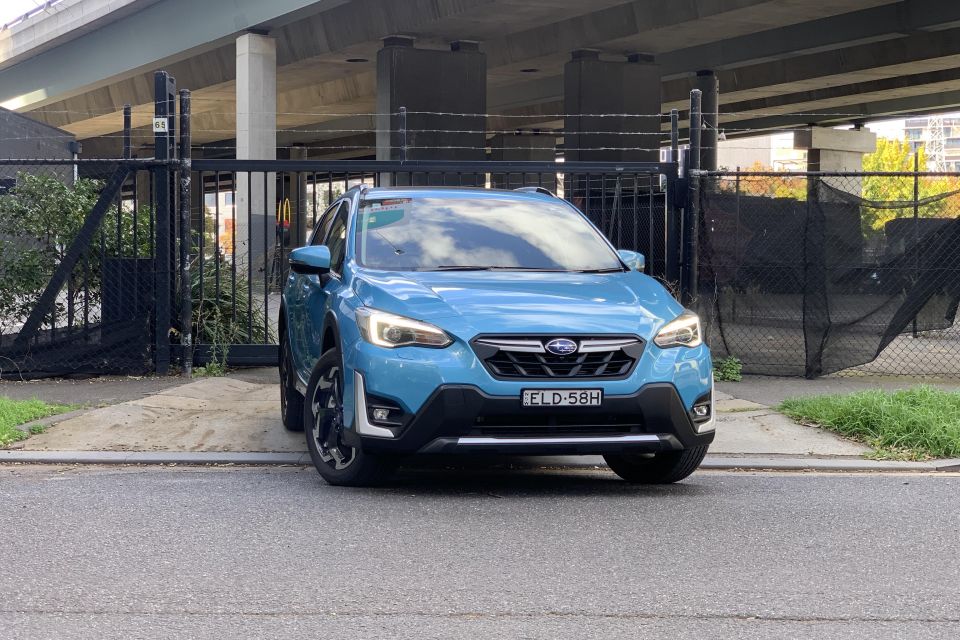

Contributor
New from
$29,240
excl. on-roads

Contributor
New from
$29,240
excl. on-roads


Contributor
New from
$29,240
excl. on-roads

Contributor
New from
$29,240
excl. on-roads
Quickly see how this car stacks up against its competition. Select any benchmark to see more details.
Take advantage of Australia's BIGGEST new car website to find a great deal on a Subaru XV.
Toyota isn’t the only brand pushing hybrids.
Subaru last year joined the party with electrified versions of its Forester and XV SUVs sitting alongside the naturally-aspirated petrol versions.
Updated for 2021 alongside the rest of the range, the Hybrid S is the most expensive Subaru XV money can buy in Australia.
It’s loaded with features and remains one of the more rugged little crossovers out there, but Subaru has some serious work to do if it’s going to be taken seriously in the hybrid world.
Our video review of the petrol-powered Subaru XV is below:
The 2021 Subaru XV Hybrid S is priced from $40,790 before on-road costs, making it $3000 more expensive than the petrol-only range-topper.
The range kicks off at $29,690 for the petrol XV 2.0i, while the hybrid line-up starts with the XV Hybrid L priced from $35,490 before on-roads.
Rivals for the XV Hybrid L on test here come exclusively from Toyota, although Nissan will soon have the Qashqai e-Power to consider.
The range-topping Toyota C-HR Koba Hybrid is priced from $37,665 before on-road costs, although it’s front-wheel drive only.
Around $40,000 also gets you a Toyota RAV4 GXL front-wheel drive hybrid ($39,915 before on-roads) or all-wheel drive hybrid ($42,915 before on-roads).

Standard equipment on the entry-level Subaru XV Hybrid L includes an 8.0-inch infotainment touchscreen with Apple CarPlay and Android Auto, DAB+ digital radio, rain-sensing front wipers, and premium cloth interior trim.
The cheapest XV Hybrid also gets a leather-trimmed steering wheel and shifter, power-folding door mirrors, 17-inch alloy wheels, and automatic halogen headlights.
Moving to the XV Hybrid S adds a front-view camera, satellite navigation, dual-zone climate control, an electric sunroof, and LED headlights that move with the steering wheel.
There’s also leather seat trim, heated front seats with power adjustment for the driver, an auto-dimming rear-view mirror, a stitched trip computer housing, and 18-inch alloy wheels.
The Hybrid S also gets extra safety equipment, including blind-spot monitoring, lane-change assist, rear cross-traffic alert, and reverse emergency braking.
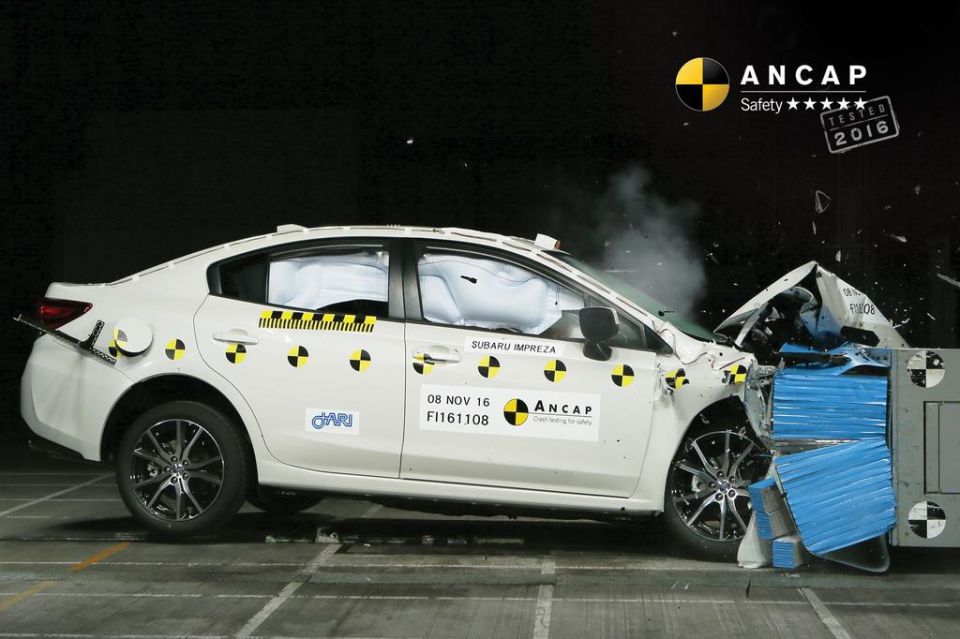
The current Subaru XV gets a five-star ANCAP safety rating, but the crash test results are based on crash tests of the related Subaru Impreza.
The results apply to all XV variants, including the hybrid.
In the frontal offset test it scored 14.80 out of a possible 16, while in the side impact test it achieved the maximum 16 out of 16.
The pole test also resulted in the maximum 2 out of 2, which helped the XV achieve a total score of 35.80 from a possible 37.
Standard active safety equipment on the XV Hybrid S includes:
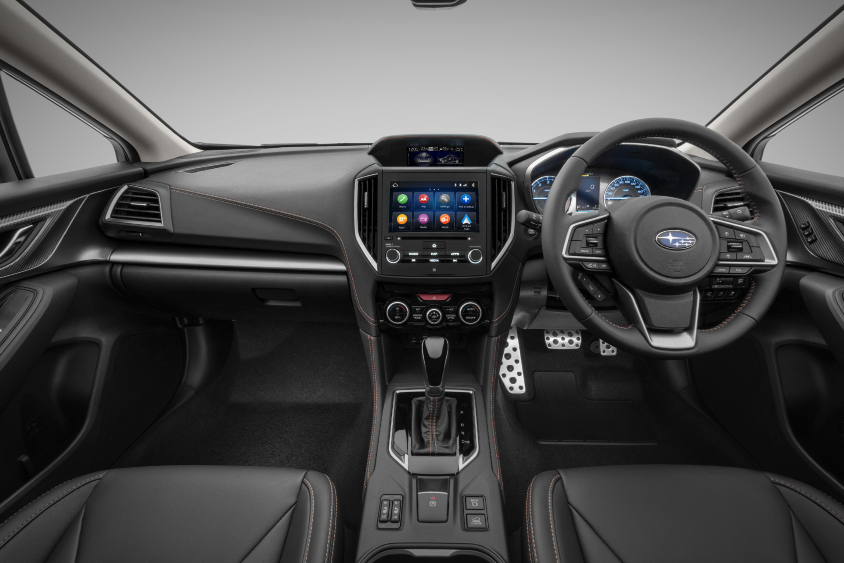
Beyond a few specific displays, there’s very little to distinguish the XV Hybrid from its petrol-powered brethren.
That means it’s a high-tech space with lots of screens to gawk at and buttons to prod.
The steering wheel alone has 17 buttons (excluding the paddle shifters) to control the radio, drive modes, external cameras, instrument binnacle, trip computer, and phone. Phew.
The buttons are logically laid out and relatively chunky, but there’s a lot going on.
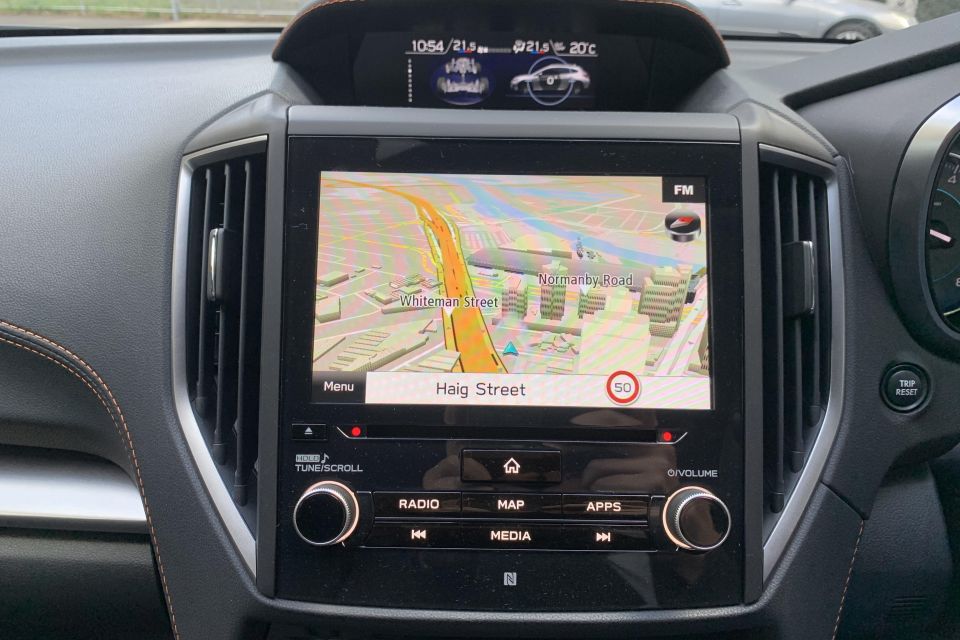
Dominating the dashboard is an 8.0-inch touchscreen infotainment system that’s simple and slick, complete with Apple CarPlay, Android Auto, and factory satellite navigation.
The shortcut buttons at the base of the screen are a handy addition, as are the volume and tuning knobs for the radio.
Less convincing is the screen atop the dash. It houses climate control details and vehicle information such as the hybrid power flow, but can be used to show the song currently playing, off-road dials, or a rundown of your active safety features.
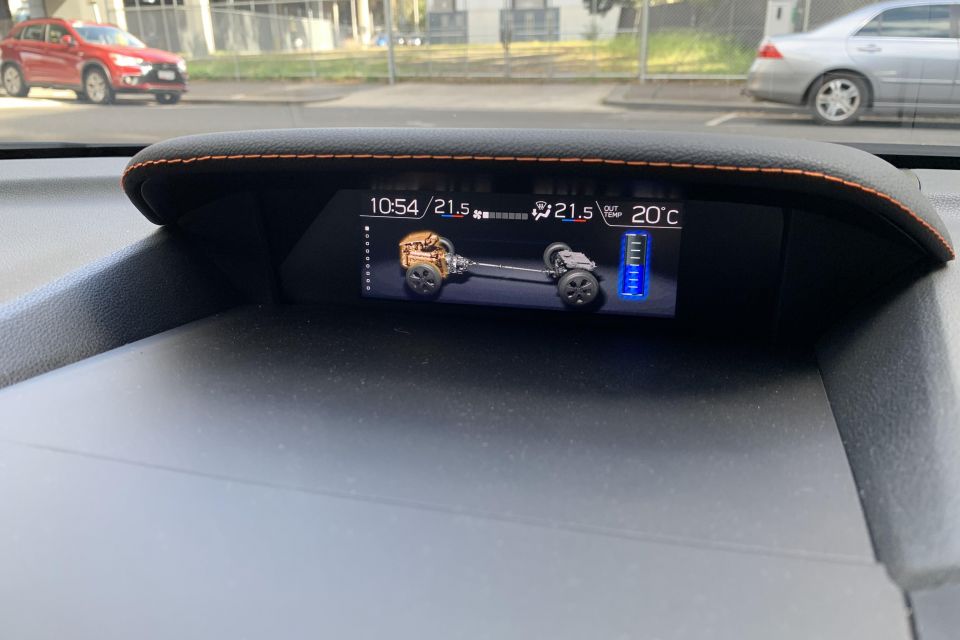
It’s a good idea rendered largely redundant when most of the same information is available in the colour screen between the rev counter and speedo.
Subaru’s insistence on displaying a generic EyeSight graphic every time you use cruise control is infuriating if, like me, you need everything in the car to be set up just so.
Speaking of the trip computer, it’s useful until you make a phone call, at which point the digital speed readout is hidden behind a phone graphic that can’t be minimised.
There’s potential in the three-screen setup, but it feels like each was designed by a different department.
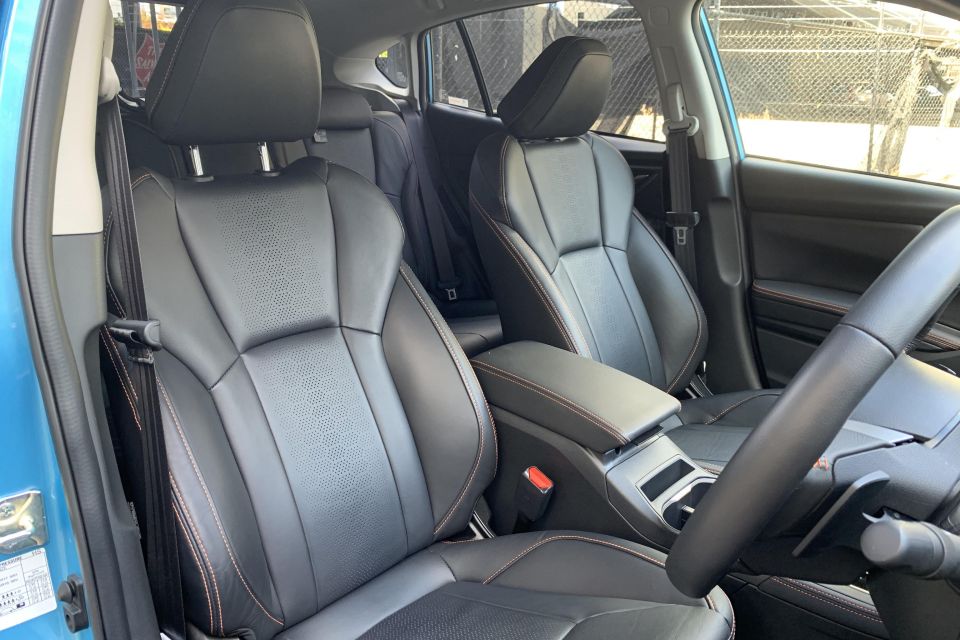
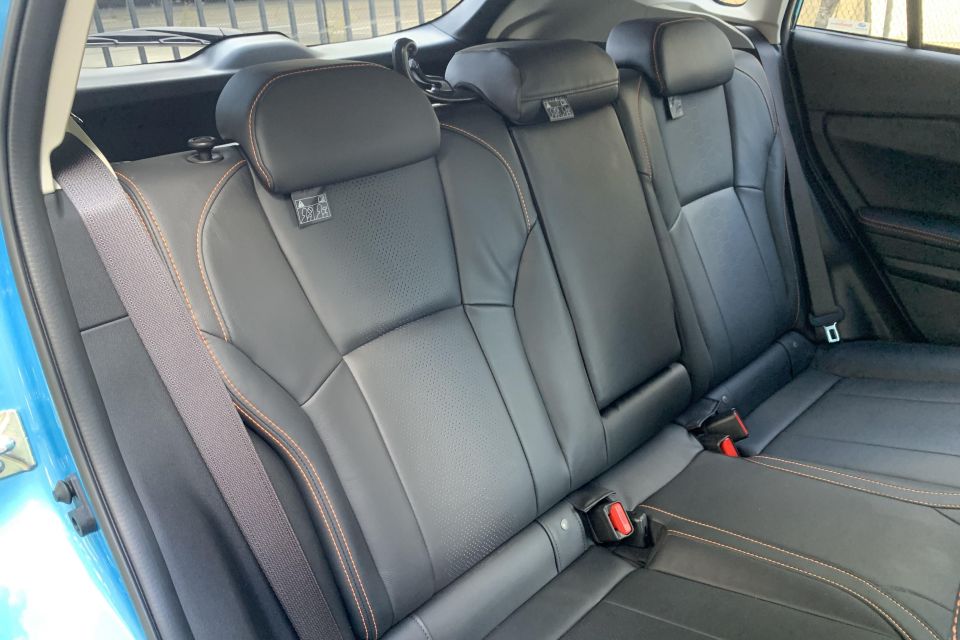
Technology aside, the XV is a fundamentally good place to spend time. The seats offer a solid blend of bolstering and long-haul comfort, and the two-stage heating is welcome in winter.
Everything you poke and prod feels sturdy, from the thick-rimmed steering wheel to the click-clack climate controls, and there’s storage galore.
Rear seat space is also good, with more than enough headroom for taller passengers and acceptable legroom for adults sitting behind adults.
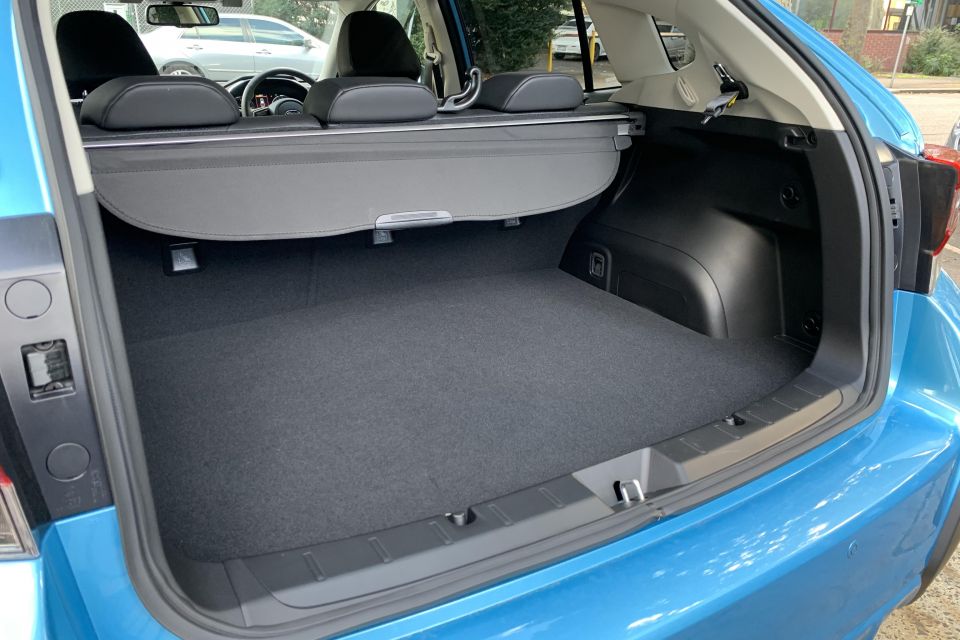
There are no rear vents, nor are there rear USB ports, which is disappointing if you’re planning to lug young kids around on hot days.
Also disappointing is boot space. The load bay itself is broad but the floor sits high above a full-sized spare wheel, limiting seats-up space to just 310 litres.
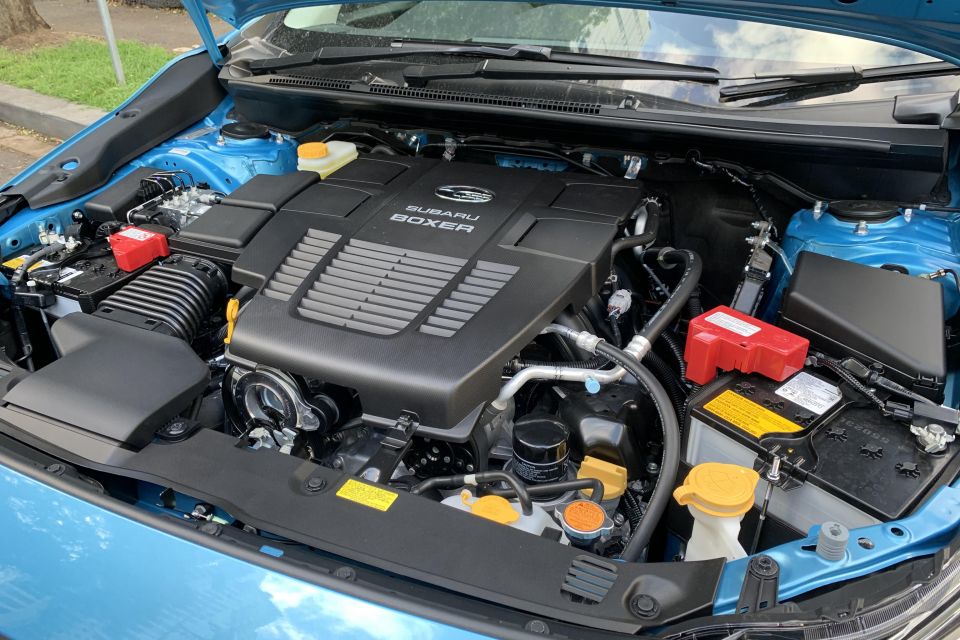
The XV Hybrid uses a 2.0-litre, flat-four engine making 110kW of power at 6000rpm and 196Nm of torque at 4000rpm, linked to a lithium-ion battery.
The electric motor generates an additional 12.3kW of power and 66Nm of torque for more instantaneous acceleration from standstill, and allows the car to coast with the engine switched off at speed.
It’s mated with a CVT automatic as standard, along with all-wheel drive.
Claimed fuel economy is 6.5L/100km on the combined cycle, an improvement of 0.5L/100km on the petrol-only Subaru XV range.
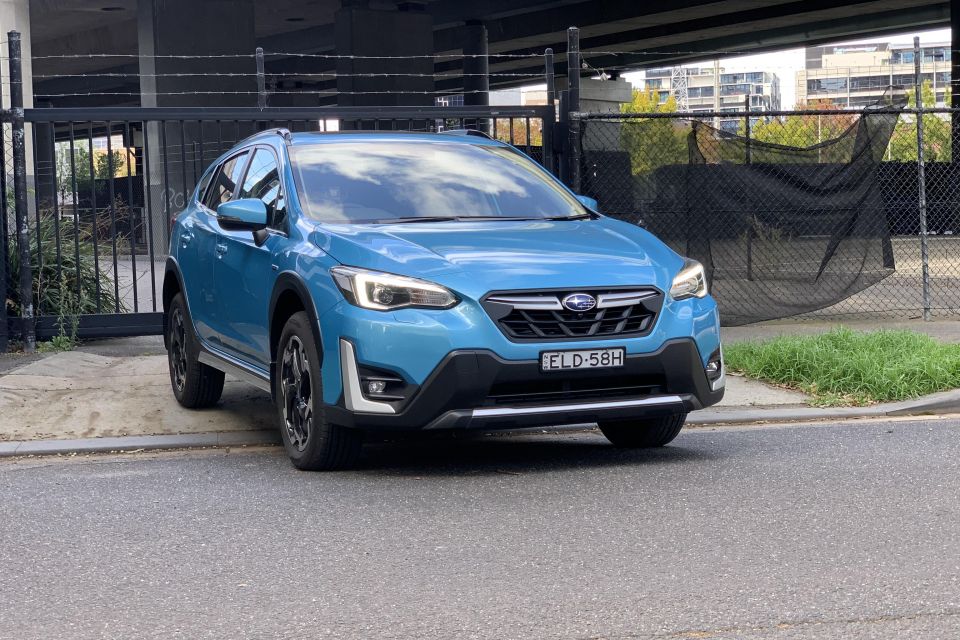
There’s not really all that much difference between the XV Hybrid and petrol-powered models on the open road.
The Hybrid starts silently, and the first few metres of driving are generally on electric power… but lean on the throttle with anything other than glass slippers and the petrol engine fires to lend a hand.
In the latest Toyota hybrids you can do 40km/h without ever bothering the combustion engine. The best we saw in the XV Hybrid S was 20km/h, and that was on a deserted street with no-one around to honk us for driving so slowly.
The petrol engine can also be a bit jerky to engage, giving the driver and passenger a nudge in the back as it kicks in at low speeds.
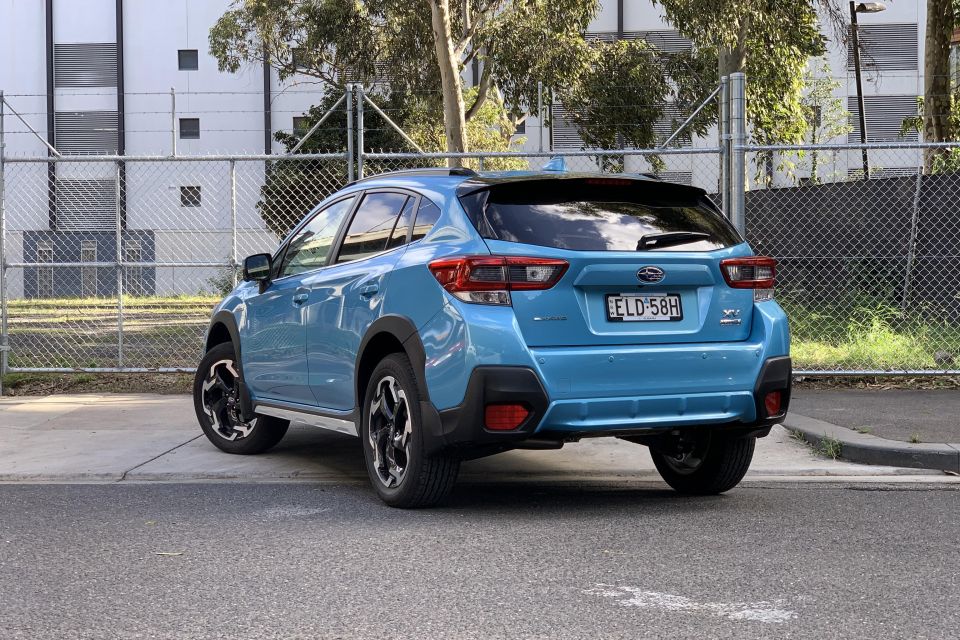
Once you’re up and running it’s smooth and quiet, and the two power sources interchange smoothly. It’s relatively rare for the electric motor to be driving at speed, but lift off the throttle and the engine cuts out to save fuel.
The electric motor is also capable of offering a performance boost, although the XV is never what you’d call ‘quick’.
There’s plenty of noise from the petrol engine and CVT combination when you’re in a hurry, and the programmed steps can’t completely kill the slightly awkward, elastic feeling common with this type of transmission.
The ride and handling in the XV has always been a strong suit, and the Hybrid S is no exception.
With weighty, direct steering and solid body control, the little Subaru has a big car feel few of its rivals can match.
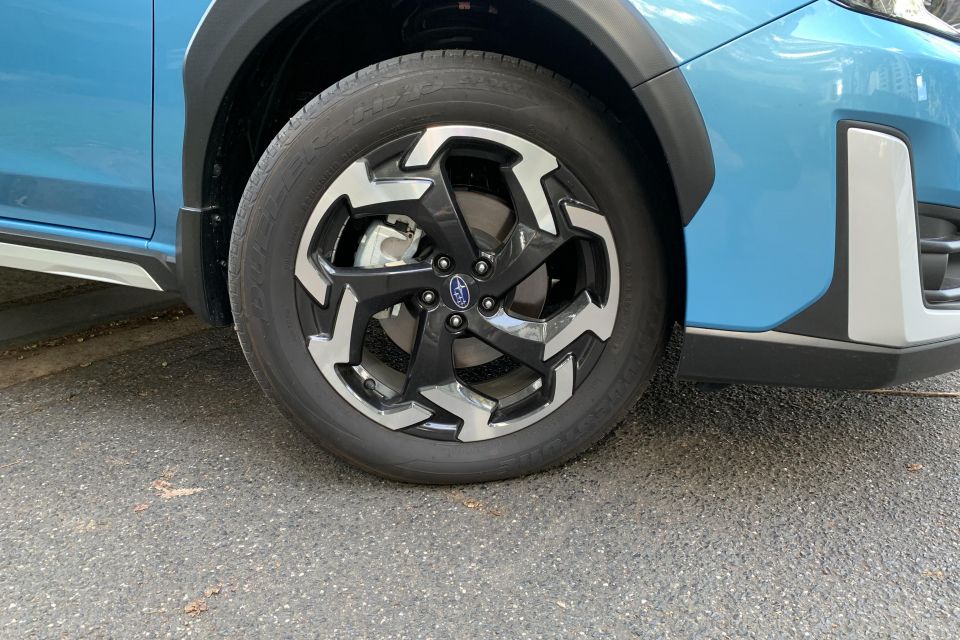
Subaru says it tweaked the XV’s suspension for 2021. The result is a comfortable ride, where lumps and bumps are absorbed without fuss at essentially any speed.
Comfort hasn’t come at the cost of competence either, because the XV doesn’t wallow or pitch around in the corners. It just feels rock solid.
Noise is well suppressed in the front, with very little wind rustle or tyre roar sneaking into the cabin, but rear passengers complained about the amount of road noise echoing around above 80km/h – just like in the petrol model.
As for off-road? It’s unlikely owners will venture far from the beaten track, but 220mm of ground clearance is class-leading, and the addition of a dedicated X-Mode for the traction control will help you get further in the XV than most of its rivals.
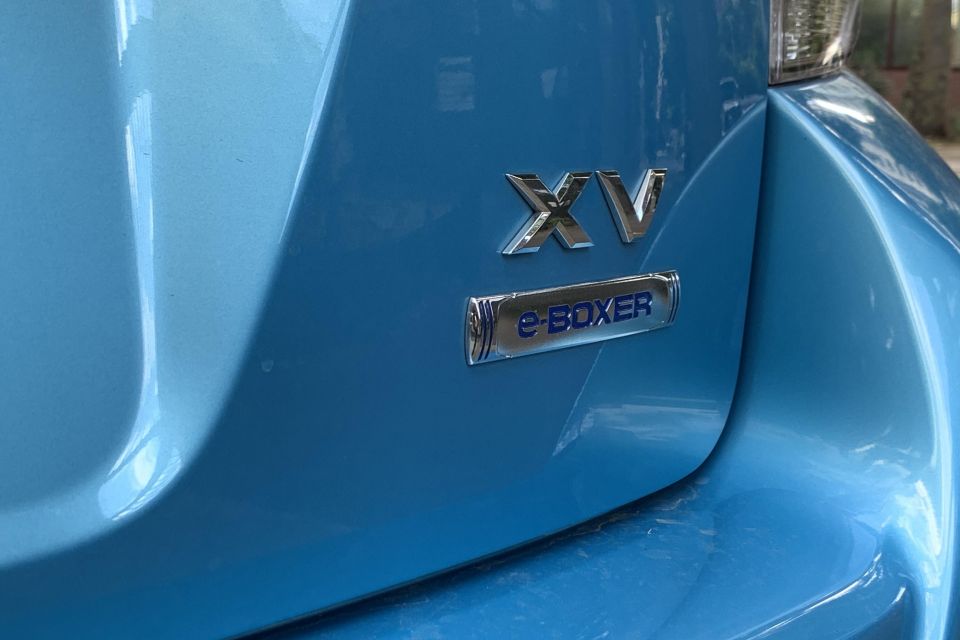
Servicing for the XV takes place every 12 months or 12,500km.
Subaru offers five years of capped-price servicing, with the first five services costing a combined $2407.
A five-year, unlimited-kilometre warranty is standard across the Subaru range.

Find out more about the car
Subaru has work to do if it wants to be taken seriously in the hybrid space.
The system in the XV just isn’t powerful, smooth, or efficient enough to justify its price premium over the petrol car, and feels at least a generation old compared to what Toyota has to offer.
The Subaru XV has plenty to offer, but it’s tough to recommend the XV Hybrid S over its petrol-powered brother, let alone its electrified rivals.
Click the images for the full gallery
Take advantage of Australia's BIGGEST new car website to find a great deal on a Subaru XV.
Discover and compare similar models
Scott Collie is an automotive journalist based in Melbourne, Australia. Scott studied journalism at RMIT University and, after a lifelong obsession with everything automotive, started covering the car industry shortly afterwards. He has a passion for travel, and is an avid Melbourne Demons supporter.


James Wong
5 Days Ago
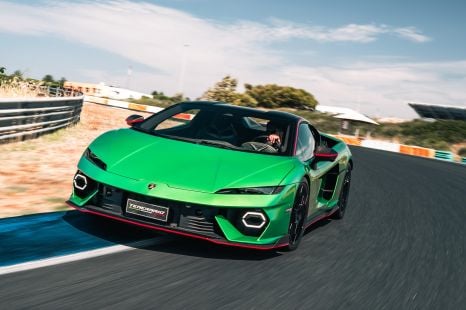

Alborz Fallah
4 Days Ago


Andrew Maclean
3 Days Ago
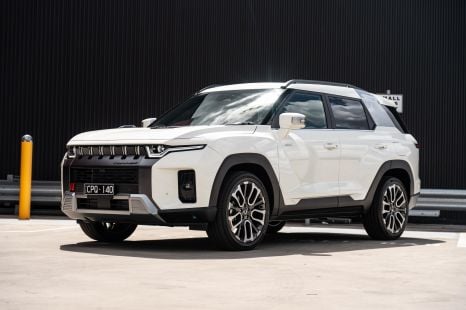

Max Davies
3 Days Ago


Matt Campbell
2 Days Ago
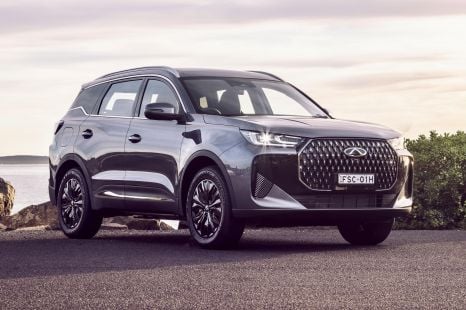

Max Davies
22 Hours Ago